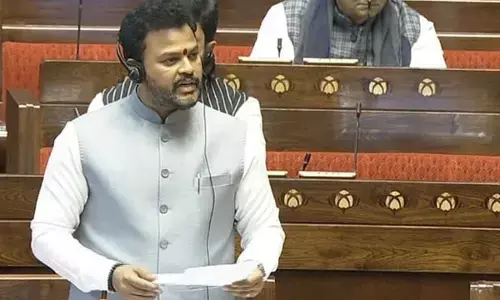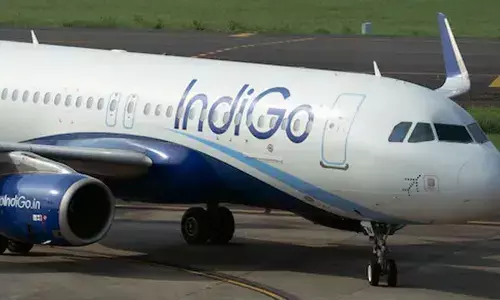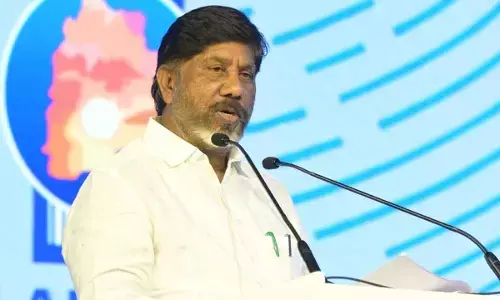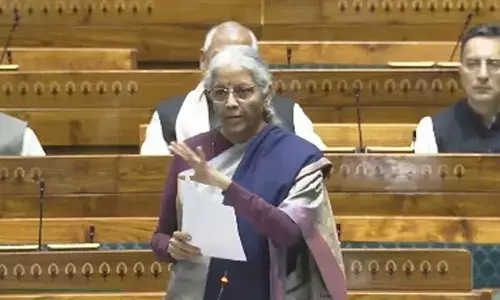Tirupati: Even Space missions seek divine thrust
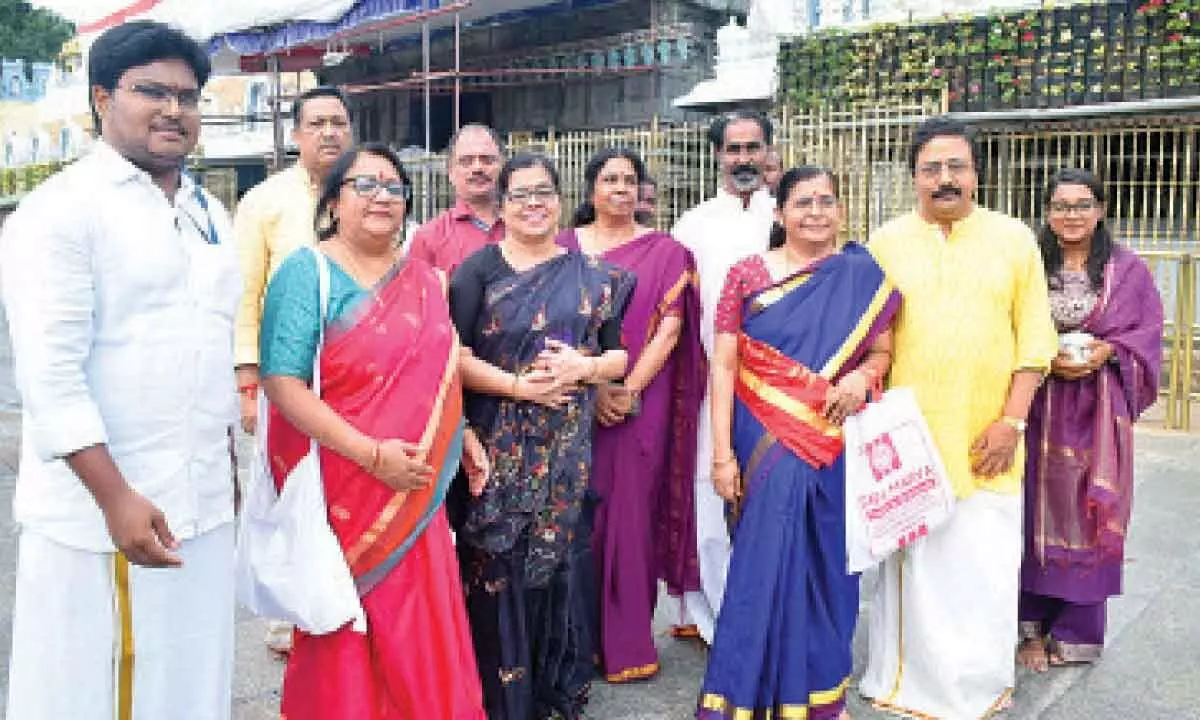
ISRO scientists before Srivari temple at Tirumala after offering prayers to the Lord on Friday
ISRO scientists worship Lord Venkateswara and Goddess Chengalamma before every launch
Tirupati : Though it appears odd for rationalists in the space age that scientists follow certain traditions and superstitions, the scientists at ISRO, NASA or even in Russia have their own way of expressing their beliefs. While ISRO scientists’ act of faith is confined to obtaining blessings from God/Goddess, those at NASA can be seen munching the peanut at mission control.
In India’s ambitious space odyssey, religious faith and space technology have become inseparable, as evident from the visits of ISRO’s top scientists to the famous hill shrine of Lord Venkateswara at Tirumala and also the Chengalamma temple at Sullurpet – the gateway town for Sriharikota, India’s spaceport), ahead of a every satellite launch. This tradition is nearly two decades old.
Ahead of the launch of Aditya-L1 slated for Saturday, the ISRO team visited Tirumala and offered prayers to Lord Venkateswara on Friday.
It may be recalled that when a model of the Mars Orbiter Mission (MoM) was taken to Tirumala shrine for divine blessings, it created a furore in 2013 with rationalists raising questions. Justifying the practice, an ISRO senior official said that they are all individual beliefs and one cannot take chance with God and poison.
Such religious practices were not just limited to the space establishment. DRDO too practices it, in a slightly different way, though. Before missile launches they perform a religious ritual.
Also, both the Americans and Russians perform a number of rituals for launches and during missions that range from the quite normal to the bizarre.
The peanut tradition of NASA started in the 1960s during JPL’s Ranger missions, which were spacecraft designed to fly into the moon and take pictures of it. After the failure of the first six Ranger space crafts, during the 7th launch, someone brought peanuts into mission control and the mission succeeded. It has become a tradition since then.
On the day of their launch, many NASA astronauts eat scrambled eggs and steak, as a tribute to astronaut Alan Shepard, who ate this breakfast before his Mercury Freedom 7 flight in 1961.
Apart from several other such practices, after a successful launch at Kennedy Space Center, the launch controllers enjoy a hearty meal of beans and cornbread. Curiously, following the failure of Apollo-13 to land on the moon, the American space agency has not named any other mission with that number.
In Russia, before leaving the Star City training complex near Moscow, Soyuz flight crews leave red carnations at the Memorial Wall in memory of first man in space, Yuri Gagarin and four other cosmonauts. They visit Gagarin’s office, sign his guestbook and supposedly ask his ghost for permission to fly.
To recall some of their other practices, on the launch day, the cosmonauts have a champagne breakfast and autograph their hotel room door.
At the hotel, a Russian orthodox priest blesses the Soyuz crew and sprinkles them with holy water. On their way to the launch, Russian cosmonauts are known to urinate on the right rear wheel of their transfer bus, an act supposedly performed by Yuri Gagarin but female cosmonauts are excused.











